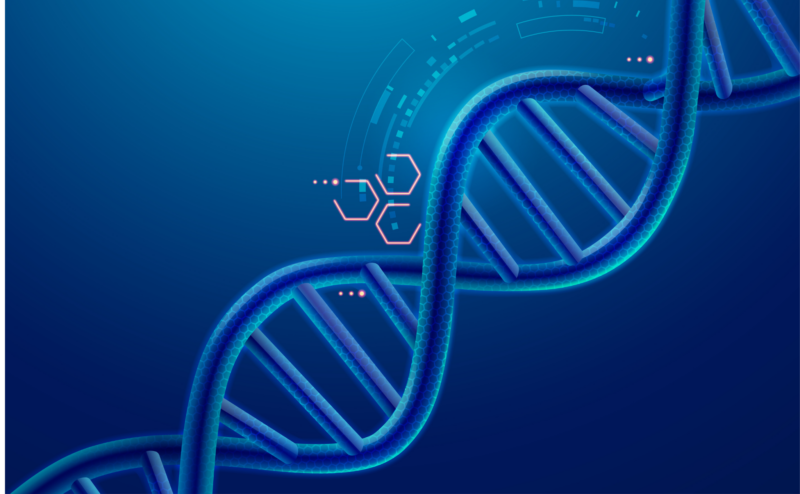

Saachi Kasat, Class 7, Oakridge International School, Gachibowli

The story of genetics begins in the 1800s with Gregor Mendel, the monk who studied pea plants in his monastery garden. By observing how traits like colour and texture passed from one generation to another, he discovered the basic laws of inheritance. His work, ignored for decades, was rediscovered in 1900 by Hugo de Vries, Carl Correns, and Erich von Tschermak, that marked the birth of genetics.
In the early 1900s, scientists like Thomas Morgan used fruit flies to show that genes are carried on chromosomes. Soon after, Oswald Avery, Colin MacLeod, and Maclyn McCarty identified DNA, not protein, as the molecule responsible for heredity. In 1953, James Watson and Francis Crick, with X-ray data from Rosalind Franklin, discovered the double-helix structure of DNA, showing exactly how genetic information is stored and copied.
The following years brought remarkable discoveries. In the 1960s, Har Gobind Khorana and Marshall Nirenberg decoded the genetic code, revealing how DNA controls the production of proteins. In 1972, Paul Berg created the first recombinant DNA molecule, which combines DNA from two different organisms. This led to genetic engineering, allowing scientists to design and modify genes for the first time.
Soon, technology began transforming medicine. In 1982, scientists produced the first engineered human insulin using bacteria, helping in diabetes treatment. Genetic research also led to the discovery of the first cancer-causing gene called oncogene, by Harold Varmus and J. Michael Bishop in 1976. Their discovery showed that normal genes can change and multiply rapidly causing cancer.
In the early 2000s, the human genome project, led by Francis Collins, mapped all human DNA, three billion pairs. Then in 2010, Jennifer Doudna and Emmanuelle Charpentier developed CRISPR-Cas9, a tool that can edit genes.
From Mendel’s peas to DNA, every discovery was amazing. Genetics is one of many great scientific adventures, one that can shape medicine, agriculture, and beyond.
November, 2025





